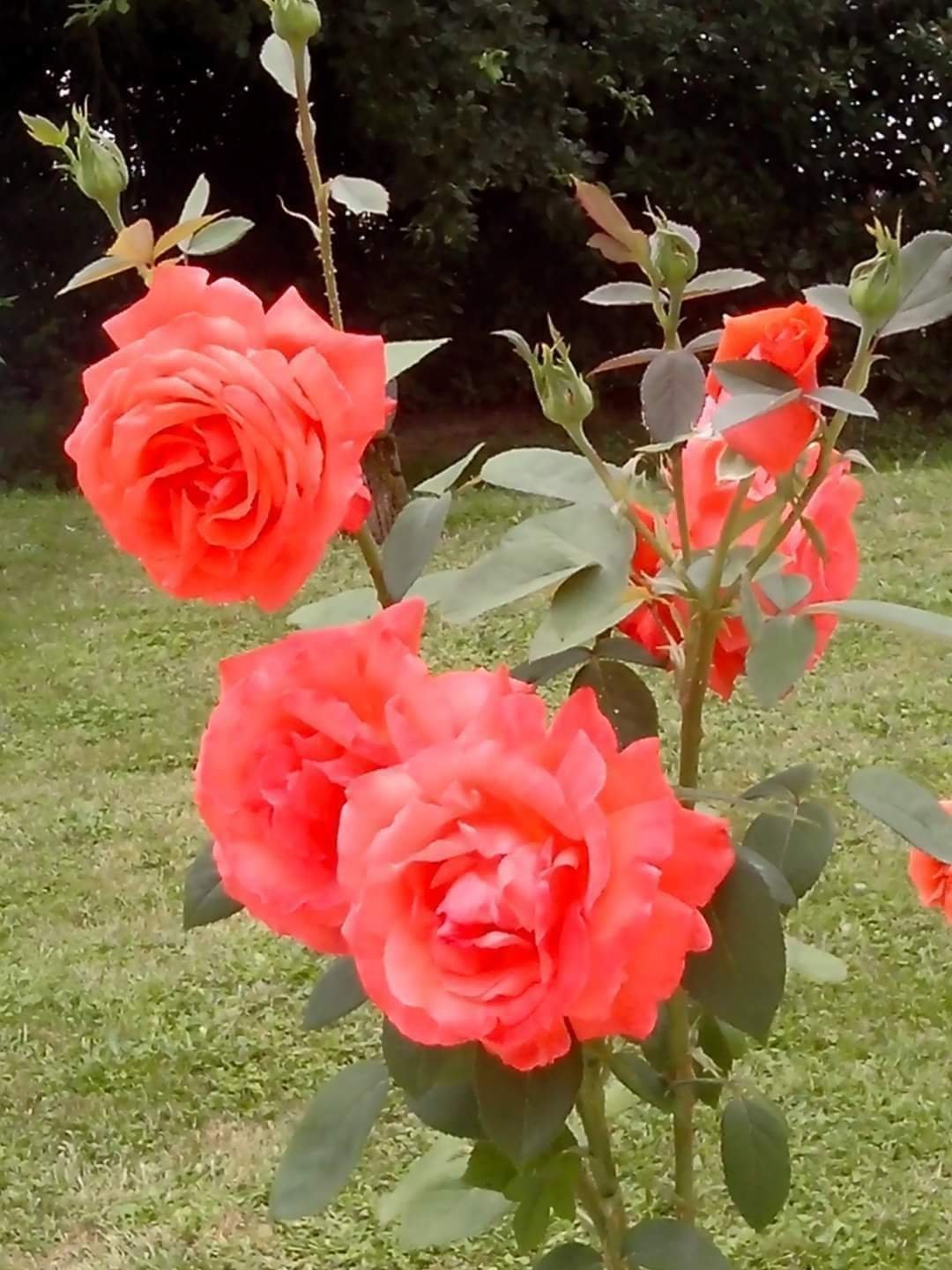Can a Rose Cutting Grow in Water?

Yes, a rose cutting can indeed grow in water. With the right conditions and proper care, you can successfully root and propagate rose cuttings using the water propagation method. This technique is a popular and effective way to multiply your rose plants and create new ones from existing ones.
What are the Ideal Conditions for Rooting Rose Cuttings in Water?

Water Temperature and Light Exposure
- The ideal water temperature for rooting rose cuttings is room temperature, typically around 70-80°F (21-27°C). Avoid exposing the cuttings to water that is too cold or too hot, as this can hinder the rooting process.
- Place the cuttings in a location with bright, indirect light. Direct sunlight should be avoided, especially in warmer climates, to prevent overheating. Average home temperatures and bright, indirect light are optimal.
Duration of Immersion
- The bottom third of the stem should be submerged in water. It is crucial to change the water daily to prevent fungal and bacterial growth, which can hinder root development.
What Types of Rose Cuttings are Best for Water Propagation?
Stem Length and Leaf Count
- Select healthy, young, and pliable stems, ideally 6-8 inches long. These stems should have at least three leaf nodes. Cut the stem just above a leaf node at a 45-degree angle to expose the maximum rooting area.
- Remove all but the top two or three leaf sets to minimize water loss and promote rooting.
How to Prepare Rose Cuttings for Water Propagation?
Tools and Materials
- Use sharp, sanitized pruning shears (such as Felco pruners) to take the cuttings.
Preparation Steps
- Select and Cut the Stem: Choose a healthy stem with new growth and cut it at a 45-degree angle just above a leaf node.
- Remove Leaves: Leave only the top two or three leaf sets to reduce transpiration and promote rooting.
- Prepare the Container: Fill a clear glass or jar with clean, room-temperature water.
- Submerge the Cutting: Place the cutting in the water, ensuring the bottom third of the stem is submerged.
- Provide Optimal Conditions: Keep the container in a warm spot with bright, indirect light.
- Maintain Water Quality: Change the water daily to prevent fungal and bacterial growth.
What are the Common Challenges and How to Mitigate Them?
Potential Diseases and Water Quality Issues
- Fungal and Bacterial Growth: Stagnant water can lead to fungal and bacterial issues. Change the water daily and clean the container regularly to prevent this.
- Rotting: Rose cuttings in water are prone to rotting. Monitor the cuttings for any signs of rot or fungal growth, and replace the water immediately if you notice any issues.
- Water Temperature Extremes: Avoid placing the cuttings in water that is too cold (below 50°F) or too hot (above 90°F).
By following these guidelines and providing the right conditions, you can successfully grow rose cuttings in water and propagate new rose plants from your existing ones.
